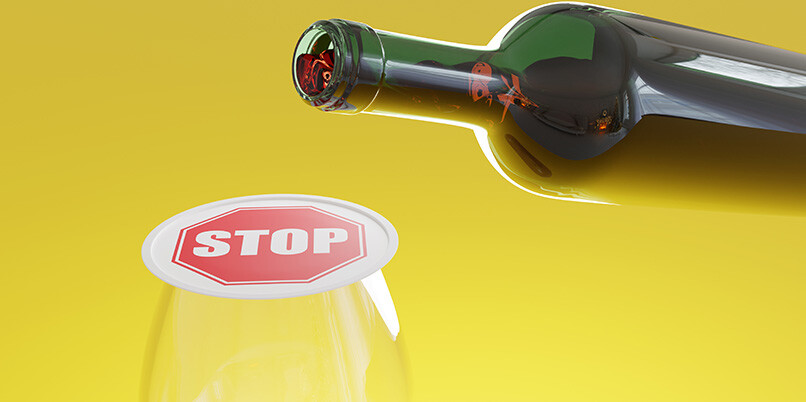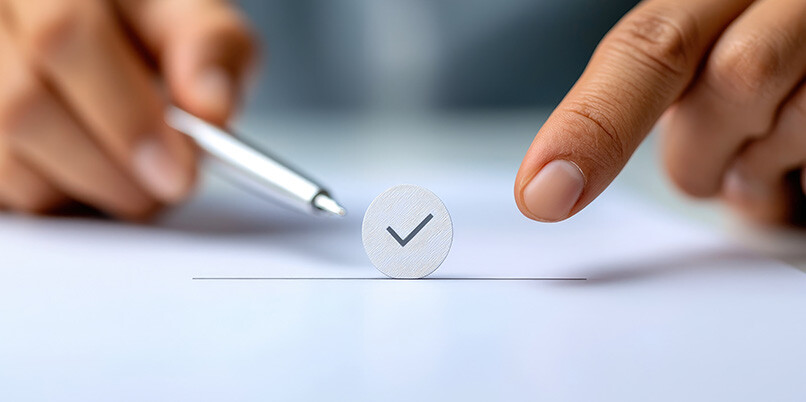Table of contents
- Understand Cravings and Triggers
- Exercise regularly
- Practice mindfulness
- Learn to recognize your triggers
- Develop a relapse prevention plan
- Get Support in a Sober Living Home
Understand Cravings and Triggers
Cravings are sudden urges for a certain substance such as alcohol, nicotine, or opioids. They’re due to a drop in dopamine levels in the brain and can range from a subtle pull to an irresistible craving. When you’re in the process of becoming addicted to a substance, your body releases extra dopamine each time you take it, which makes you feel pleasure and keeps you coming back for more. Over time, your brain will become used to having that extra dopamine, which makes you crave it even more. This craving can cause extreme feelings of anxiety and restlessness if you don’t satisfy it with the substance that triggered it, such as by smoking a cigarette or drinking a beer. Triggers are stimuli that lead you to crave drugs again because they’re associated with them in some way. Triggers can be anything from an old spiral notebook to the bartender at your favorite pub. They can be visual, auditory, olfactory, or even tactile sensations. Triggers can stem from the environment, a person, or a time of day. They can also be emotions, feelings, and thoughts.
When you first start to recover from an addiction, you’ll be amazed at how much your cravings and triggers will change over the coming weeks, months and even years. You’ll go from feeling like your addiction is the only thing that gives you any sort of pleasure or relief to realizing that there are so many other activities out there that can give you those feelings. Making this transition is not something every recovering addict finds easy. But we must all persevere if we ever want to achieve sustained sobriety.
Exercise regularly
Exercise is not just for losing weight or building muscle. It’s a vital component of addiction recovery because it releases dopamine, the neurotransmitter that’s depleted by substance use and triggered by cravings. To release dopamine – which will help ward off cravings and lower your chances of relapse – you need to push yourself during exercise. So if you’re just walking on the treadmill, you’re not going to see much benefit. You can boost the mood-boosting effects of dopamine even more by listening to music while you exercise. A 2017 study found that listening to music can improve exercise motivation and help people get more out of their workouts. A large body of research demonstrates that consistent cardiovascular exercise reduces cravings, so get out there and break a sweat!
Practice mindfulness
Mindfulness is the practice of being present in the moment and observing your thoughts, feelings, and surroundings without judgment. Studies show that mindfulness meditation is one of the most effective ways to overcome cravings. You can meditate anywhere. All you have to do is close your eyes, take a few deep breaths, and focus on your thoughts. You don’t need to do anything special. The goal is to clear your head of all thoughts, but they will most likely pop back up again. When they do, just acknowledge them and let them go. They are just thoughts. They don’t control you, you control you.
There are many other activities that help you focus on the present moment aside from formal meditation. For instance, some adults make use of adult coloring books to relax. The repetitive motion of coloring, along with focusing on the pattern on the page, can help you become present in the moment. Another option is writing. Journaling on your feelings, thoughts, and cravings can help you focus on your triggers and come to terms with them. It can also help you gain clarity on your path to recovery.
Learn to recognize your triggers
Triggers are stimuli that lead you to crave drugs again because they’re associated with them in some way. You can identify your triggers by keeping a journal or participating in a support group. Once you’ve identified your triggers, you can come up with ways to avoid or cope with them. Here is an example. If you crave alcohol at the end of a stressful day, you can find a different way to unwind. You can take a hot bath, read a book, listen to music, or go out with friends. If you’re in a relationship with someone who is also in recovery, make sure you are both on the same page when it comes to triggers. If you both have a substance abuse history, it’s important that you both be aware of your respective triggers.
Develop a relapse prevention plan
A relapse prevention plan is a strategy you can use to avoid relapsing by anticipating and avoiding triggers. A relapse prevention plan includes information about your substance use disorder, like your substance of choice, dosage, and frequency. It also includes information about your personality, like what type of person you are, and what stresses you out the most. You can use this information to identify and avoid your triggers, set goals for yourself, and come up with solutions for when you feel tempted to use drugs or drink again.
Get Support in a Sober Living Home
A sober living home is a transitional living environment where people in recovery take steps toward living a sober lifestyle. This means adhering to a set of rules designed to help residents achieve and maintain long-term sobriety. If you don’t feel ready to live on your own in recovery, or if you feel like an inpatient rehab setting isn’t the right fit for you, then a sober living home should be your next step. Sober living homes provide people in recovery with the support and structure needed to make a full, successful transition into a sober lifestyle. This type of living environment can help prevent relapse by providing residents with a more controlled and less stressful living environment. If you or someone you love is struggling with substance abuse or addiction, please don’t hesitate to reach out for help. You don’t have to go through this alone.
Table of contents
- Understand Cravings and Triggers
- Exercise regularly
- Practice mindfulness
- Learn to recognize your triggers
- Develop a relapse prevention plan
- Get Support in a Sober Living Home











